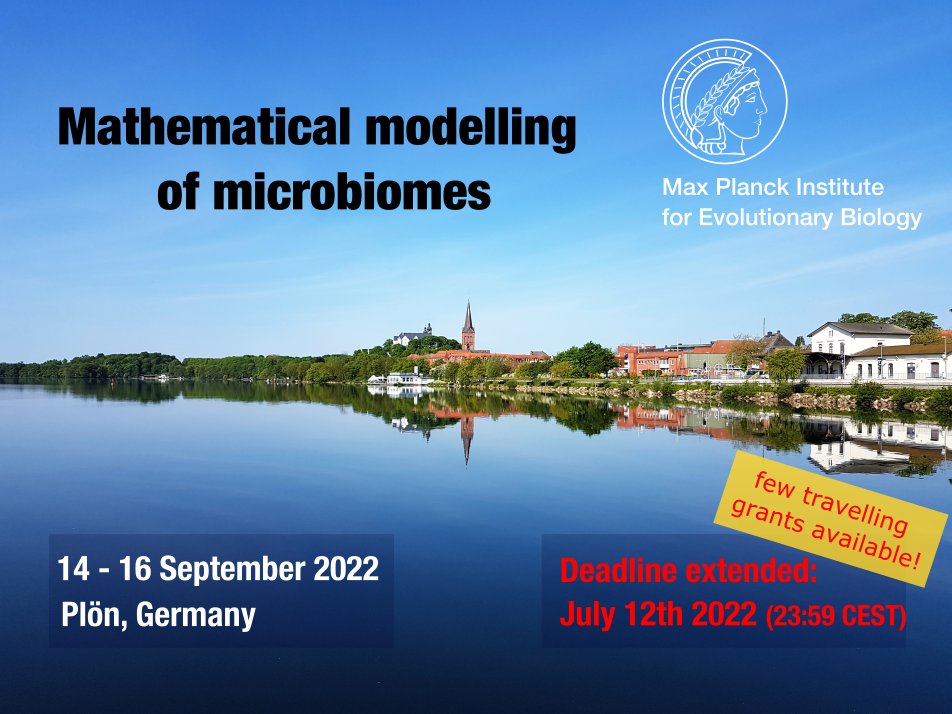Speaker
Description
Authors: Seyfullah Kotil, Kalin Vetsigian
Diversity is abundant among microbial communities. Understanding the assembly of diverse microbial communities is a significant challenge. One of the recent plausible explanations for the assembly involves eco-evolutionary tunnels, where species interact in the same timescale with the mutational rate. A common framework to understand such tunnels is done by agent-based simulations and analyzing the generated data. However, modelling the theoretical aspects by simple mathematical biology is lacking. Here, we present the modelling and the characterization of eco-evolutionary tunnels that gives rise to two-species evolutionary stable communities (ESC). We find that higher-order but common interactions are sufficient for eco-evolutionary tunnels. Biological interpretations of the models span from self-cooperation and division of labor to cross-feeding.

